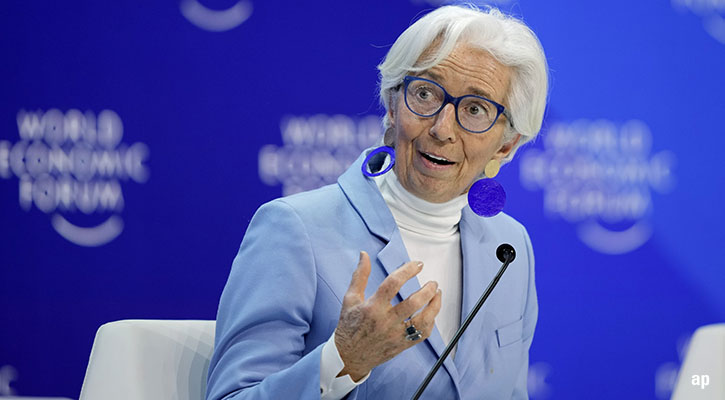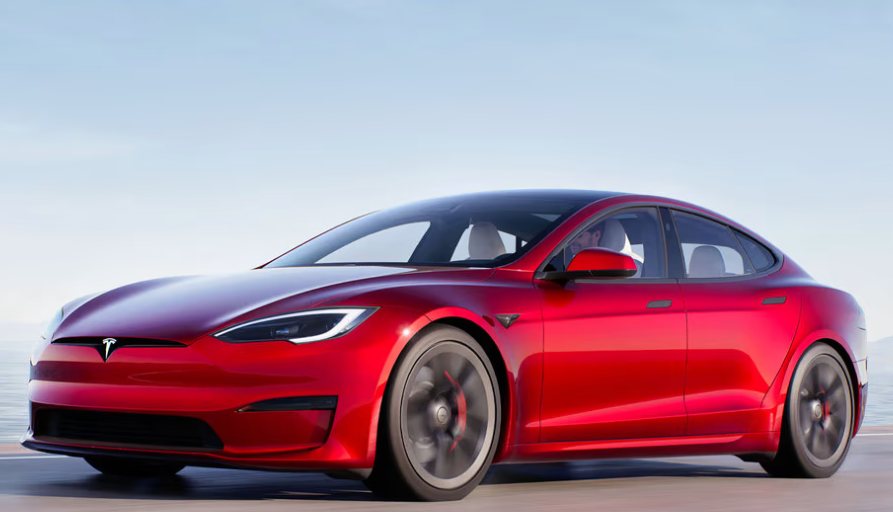Revenue was up 8.9% to KRW 51.7 trillion, with operating profit up 82% to KRW 7.4 trillion and net profit up 49% to KRW 6.3 trillion. The company noted a KRW 800 billion gain from the very strong US dollar over the quarter, but the South Korean won has fallen about 5% since the end of the quarter. Given this, Samsung is expecting its fourth-quarter profits to be lower than those of its third quarter. We tweak up our profit forecasts by around 3%; combined with the proposed share buyback, this boosts our fair value estimate to KRW 1.5 million per share, up from KRW 1.4 million per share. We retain our no-moat rating, given the lack of customer switching costs in Samsung's strategy of focusing on hardware differentiation.
The positive market reaction to the shareholder return is understandable, given that the company was sitting on KRW 56.8 trillion ($49.8 billion) of net cash at the end of September. The company will buy back KRW 11.3 trillion ($10 billion) worth of stock, with KRW 4.2 trillion ($3.7 billion) to be bought back in the three months from Oct. 30. The company also announced a rolling three-year shareholder return program, in which it will return 30%-50% of free cash flow through a combination of dividends and share buybacks, with a priority on dividends. This would be an improvement on last year’s 24% shareholder return payout ratio (13% for dividend and 11% for buyback) and the average shareholder return payout ratio of 10% over the past five years. However, even at the top end of the return range, the company will be retaining 50% of free cash flow on top of a still-strong $40 billion of net cash. While it’s a welcome start, we believe the shareholder return program should be even more generous.
The semiconductor business is now the key profit driver for Samsung, generating 50% of earnings and operating profit margin of 28.5%. Semiconductor revenue increased 30%, with operating profit up 62%. The System LSI business is driving this growth, with its revenue up 87%, compared with memory up 15%. System LSI now contributes 29% of semiconductor revenue. We see this as a very solid result, in light of falling memory prices, with market NAND and DRAM prices falling by around 10%-15% over the quarter. The recent price declines affected both of Samsung’s key competitors in the memory market. Micron reported revenue for the quarter ended Sept. 3 down 7% sequentially and 15% year on year, with a significant 48% drop in operating income year on year. SK Hynix reported revenue for the third quarter (ended Sept. 30) up 14% and operating profit up 6%. Samsung’s stronger results speak to its technology leadership in memory. However, the medium-term outlook for this business is somewhat uncertain, with Intel’s recent announcement of a $5.5 billion investment in a 3D NAND memory plant in Dalian, which should start production in the second half of 2016. The strong profitability of this industry over the past few years has in part stemmed from the limited number of significant competitors (three in DRAM and four in NAND), and the addition of a very well-capitalized competitor in Intel could signal a typical semiconductor overinvestment response to this profitability.
Samsung’s smartphone business saw third-quarter revenue grow 8% and operating profit grow 37% year on year. However, third-quarter operating profit of KRW 2.4 trillion was lower than the KRW 2.7 trillion reported in each of the first two quarters of this year, with operating profit margin slipping to 9%. While Samsung remains the leader in this business, shipping 23.8% of smartphones globally in the third quarter--compared with second-place Apple, at 13.5%--Apple’s companywide 28.3% operating profit margin in the corresponding quarter is evidence that its software-differentiation strategy is better from a shareholder perspective than Samsung’s hardware-driven one. Smartphone industry volume growth has slowed from 25% in 2014 to 8.4% in the third quarter of 2015. Most competitors outside of Samsung and Apple are making very little, if any, money in this industry. Consolidation seems the likely best way for the industry to increase profitability, but this has yet to take place, so more intense competition looks likely.
Samsung’s capital expenditure forecasts have been gradually ratcheted up this year from an initial expectation of KRW 23.4 trillion-KRW 27 trillion. Management explained that some of this was semiconductor spend that was brought forward from 2016, and that 2016 capital expenditures could well be lower than those of 2015, but it was too early to tell. Our forecasts assume that capital expenditures remain broadly flat at the KRW 27 trillion level.
Notatet ble opprinnelig publisert på Morningstar Select 29.10.2015







.jpg)

:quality(80)/cloudfront-us-east-1.images.arcpublishing.com/morningstar/FGC25JIKZ5EATCXF265D56SZTE.jpg)












